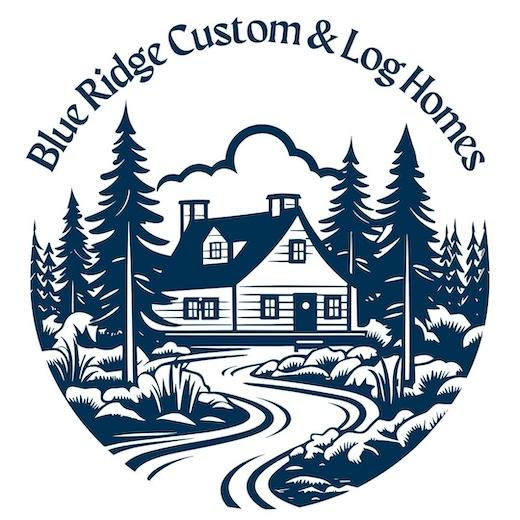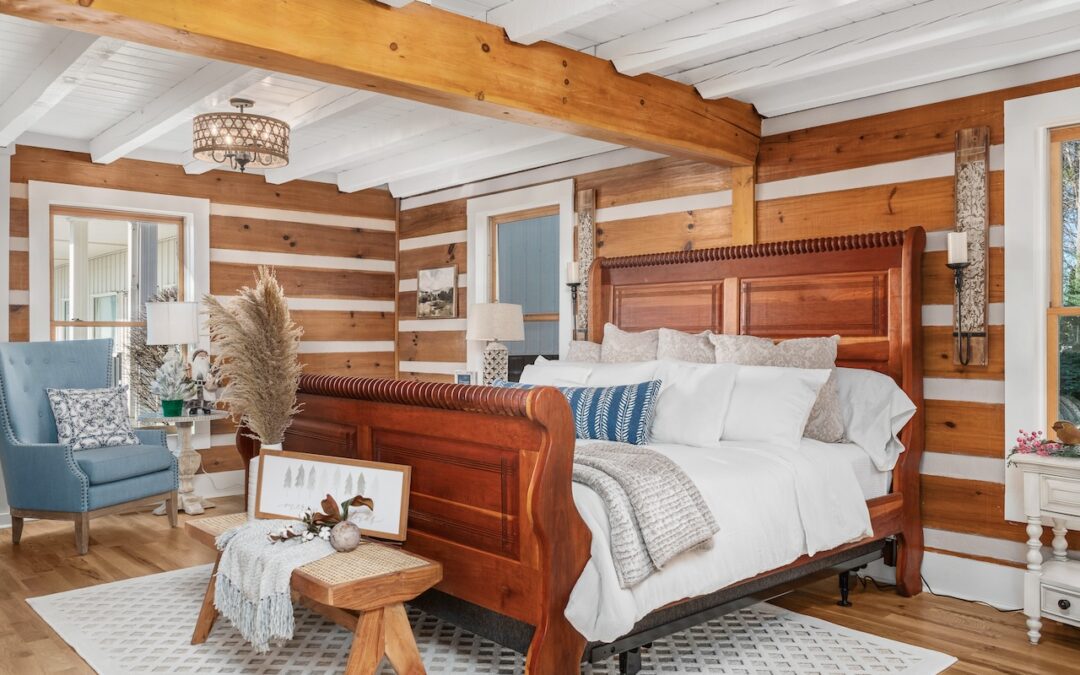A Guide to Acoustics in Log Home Construction
When designing a space, controlling sound transmission is often as important as managing heat or aesthetics. Whether it’s reducing outside noise or enhancing the acoustics within a room, the Sound Transmission Class (STC) is a critical factor for architects and homeowners. While STC ratings are commonly used to measure how well conventional walls limit sound, log walls—common in log home construction—present unique acoustic benefits. Let’s dive into how sound behaves with log walls, and how you can optimize sound control in your log home.
What is STC?
The STC (Sound Transmission Class) rating provides a way to compare the ability of different wall assemblies to block airborne sound. It’s measured through methods outlined by ASTM E413-73, which compares how well an assembly (like a wall) reduces sound over a range of frequencies, typically between 125 and 4000 Hz. STC ratings are particularly useful for addressing common household noises, such as speech, music, or television sounds.
To give you some perspective, an STC rating of 30 means you can easily hear loud speech through a wall, while a rating of 50 offers near-complete sound isolation. It’s important to note that the STC measures airborne noise—sounds like knocks on doors or footsteps on floors are impact sounds, which require a different measurement.
How Log Walls Perform in Sound Control
Unlike typical framed walls, log walls lack the cavity construction common in conventional building systems. In cavity construction, air spaces within the wall act as a buffer to reduce sound transmission. While this technique works well in conventional buildings, log walls take a different approach by relying on the density and mass of the wood itself.
Research has shown that materials with higher mass are better at reducing sound transmission. Solid wood log walls—dense and thick—naturally limit sound. However, due to the wide variety of log types and profiles used in log homes, there’s no standardized STC rating for these walls. Still, anecdotal evidence from homeowners suggests that log homes provide excellent sound insulation, with outside noises rarely penetrating the interior.
Addressing Sound Leaks
While the solid mass of log walls is effective at blocking sound, noise can still enter through weak points such as doors, windows, or gaps in construction. Minimizing sound transmission follows many of the same principles used in energy-efficient home design:
- Seal Gaps and Cracks: Properly insulating and sealing all joints and gaps before finishing will help prevent sound from leaking through.
- Upgrade Windows and Doors: Double-glazed windows offer better sound insulation compared to single-pane windows. Solid core doors, particularly those with weather stripping, also significantly reduce sound transfer.
- Control Plumbing and Electrical Penetrations: In multi-family dwellings, ensure that party walls are well-insulated and avoid penetrations like medicine cabinets or electrical boxes, which can create sound leaks.
Enhancing Internal Acoustics
Once sound transmission from outside is under control, you can focus on managing the acoustics within your log home. Hard surfaces like log walls and wood floors reflect sound, which can make a room feel echoey. Here are a few strategies to optimize internal acoustics:
- Furnish Wisely: Soft furnishings like upholstered furniture, rugs, and drapes help absorb sound and reduce echoes.
- Use Sound-Absorbing Materials: Carpets, underlays, and heavy draperies can reduce sound reflection from hard surfaces like wood floors or large windows.
- Optimize Ceilings: Vaulted or cathedral ceilings can deflect sound, while textured ceilings or exposed beams disperse sound more evenly throughout a space.
Landscaping for Sound Control
While the structure of your home plays the biggest role in sound insulation, landscaping can also help reduce noise. For instance, earthen berms or dense hedges around the home can act as external sound barriers.
Log walls offer a unique advantage in terms of sound transmission control, relying on their solid mass and density to block noise. With proper design and attention to detail—such as sealing gaps, using sound-insulating materials, and managing internal acoustics—log homes can be incredibly quiet, offering a peaceful retreat from outside noise. By balancing both architectural and lifestyle decisions, you can create a serene, acoustically optimized environment in your log home.
This article was inspired by the research and guidelines provided by the Log Homes Council and insights contributed by industry expert Rob Pickett, highlighting both the technical and practical aspects of sound transmission in log homes.

